The Sport Utility Vehicle: America's Gift That Keeps on Giving

Not to sound overly patriotic or offend my Canadian coworkers, but United States is responsible for giving the world so much greatness that it’s difficult not to get a little misty eyed when I stop to think about it.
America’s long history of inventiveness has blessed the globe with modern marvels like sunglasses, chewing gum, kitty litter, the atomic bomb and, of course, sport utility vehicles. While the atomic bomb doesn’t get much broad praise these days, the rest of the aforementioned items are exceptionally popular outside the nation’s borders — especially SUVs and their bastard offspring, the crossover.
In fact, they’ve been such a runaway success that SUVs accounted for over 25 percent of all European passenger vehicle sales in 2016. That’s up from 21 percent in 2015 and there’s no sign of it stopping anytime soon. Sport utility vehicles are expected to surpass a third of the region’s new vehicle market by 2020. Assumedly, America’s own SUV sales will be hovering around 100 percent by then — maybe more. But let’s not discount how crossover-crazy the rest of the globe has become or forget to remind ourselves that most of the world’s best-selling SUVs aren’t exactly “Made in America.”
“It’s a global phenomenon that started in the U.S, spread to Europe and China and is now shaping emerging markets such as Brazil, India and Southeast Asia,” said Felipe Munoz, a global analyst for JATO Dynamics told Automotive News Europe.
This year, automakers are forecast to sell more than 4 million SUVs in Europe, which would push the market share past 28 percent and debunk the Western notion that Europe is a continent filled entirely with adorable vintage hatchbacks and small homes with ugly wallpaper.
China is even crazier for SUVs. According to figures from the Chinese Association Of Automobile Manufacturers, SUVs accounted for roughly 40 percent of the 2017 market’s 4.5 million total sales. That figure only accounts for the first half of the year, but it is at pace to result in a number many times higher than in 2011.
Since U.S. sales statistics typically place crossovers, SUVs, and pickups (which America also invented) into one big category, truck sales amassed a 60.7 percent share of 2016’s 17.5 million deliveries. Crossovers represented 33.8 percent the national total, creeping up from just 16.8 percent in 2007.
If you’re wondering why everyone seems to love them so much, automakers wonder the same thing. While their surging popularity initially seemed to wane as gas prices surged, they returned stronger than ever. They also returned in more shapes and sizes, meaning it was easier for customers to rationalize paying more for something they didn’t necessarily need.
“Prices are led by what consumers will pay, and clearly they’re valuing SUV robustness, the driving position, the big wheels, or they wouldn’t be buying them in the way they are,” Citroën CEO Linda Jackson told Automotive News Europe. “Clearly, SUVs are very profitable for any manufacturer,” she said.
Citroën was one of the few manufacturers without a comprehensive sport utility lineup and it’s funky little fleet hasn’t been able to see the kind of gains SUVs almost guarantee an automaker. It released the C3 Aircross earlier this year and plans to introduce more SUV/Aircross variants as it begins shying away from MPVs.
It’s not really Citroën’s fault for being behind the times, though. Not everyone in Europe could have possibly seen this trend coming because few North Americans did, either. A lot of automakers have been caught with their pants down. While most companies have fleshed out their lineups to include plenty of high-riding options, getting into segments early and playing with a complete deck has proved a massive advantage. The Nissan Rogue, Ford Escape, and Honda CR-V are all doing just fine, but even old-school body-on frame SUVs appear to be enduring the market slowdown rather nicely.
However, in Europe there are concerns that the growing outrage toward diesel-powered vehicles will severely hinder SUV growth, as that’s the dominant engine. Automakers are trying to mitigate this by accelerating electrification efforts and keeping fuel economy high (because EU fuel prices definitely will be). But, even if they fail, it’s not going to be enough to kill the segment. People are already paying extra money for SUVs when a simple hatchback would suffice, so there’s no reason they won’t spend a few extra dollars, pounds, euros, or yuan for a gasoline-powered SUV if diesels vanish.
The only thing likely to ever stop the SUV’s momentum is for it to become passé or so ubiquitous that we don’t really regard them as “different” anymore.
[Image: Fiat Chrysler Automobiles]

A staunch consumer advocate tracking industry trends and regulation. Before joining TTAC, Matt spent a decade working for marketing and research firms based in NYC. Clients included several of the world’s largest automakers, global tire brands, and aftermarket part suppliers. Dissatisfied with the corporate world and resentful of having to wear suits everyday, he pivoted to writing about cars. Since then, that man has become an ardent supporter of the right-to-repair movement, been interviewed on the auto industry by national radio broadcasts, driven more rental cars than anyone ever should, participated in amateur rallying events, and received the requisite minimum training as sanctioned by the SCCA. Handy with a wrench, Matt grew up surrounded by Detroit auto workers and managed to get a pizza delivery job before he was legally eligible. He later found himself driving box trucks through Manhattan, guaranteeing future sympathy for actual truckers. He continues to conduct research pertaining to the automotive sector as an independent contractor and has since moved back to his native Michigan, closer to where the cars are born. A contrarian, Matt claims to prefer understeer — stating that front and all-wheel drive vehicles cater best to his driving style.
More by Matt Posky
Latest Car Reviews
Read moreLatest Product Reviews
Read moreRecent Comments
- Lorenzo I'd actually buy another Ford, if they'd bring back the butternut-squash color. Well, they actually called it sea foam green, but some cars had more green than others, and my 1968 Mercury Montego MX was one of the more-yellow, less-green models. The police always wrote 'yellow' on the ticket.
- ToolGuy Some of my first cars were die-cast from pot-metal in 2 pieces: body-in-white plus chassis. I spray-painted some of them, the masking was a pain. The tires did burn realistically.
- Vulpine Tesla has NOT said they're scrapping the Gigacasting process, but they have also said they wouldn't cast a one-piece body. The concept is to have a total of 5 main pieces: Nose clip, tail clip, 2 sides and belly. They're already using the first two and the sides are not necessarily going to be castings. The belly casting, however, is being delayed as the battery technologies are changing far too quickly to lock into any one fixed design as the battery packs themselves are currently consisting of at least three different types based on the cells being used within them. It's a matter of convenience for the company to let the technologies stabilize somewhat before locking in on a specific design.
- MaintenanceCosts I've never prioritized color when looking for a car, but there are usually some colors (particularly bright reds and refrigerator whites) that I just won't accept.That said, one of my cars gets parked outside in a city environment, and it's silver, and that's good because silver does not complain too much when oxidized to he!l. The brown BMW is neat because there aren't many brown BMWs, and the green Legend is historically correct because the mid-'90s meant green.
- ToolGuy • Black vehicles and dark interiors burn more petrol and are bad for the planet (look it up, I'm not gonna hold your hand on this one lol).• If your current vehicle was new when you took delivery, and you didn't get EXACTLY the color you wanted (blithely accepted what was foisted on you by the dealer), shame on you. You are the problem with today's franchise system. In future, please notify the dealer that your policy is to collect a Non-First-Choice Paint Upcharge in such a circumstance. I recommend $1200.• Also, fine-thread drywall screws (in wood) waste electricity (and time). When I am President of the Universe, fine-thread drywall screws will be banned in favor of the more environmentally- and wallet-friendly coarse-thread variety. (Again, you can work out the reasons but I am absolutely correct.)



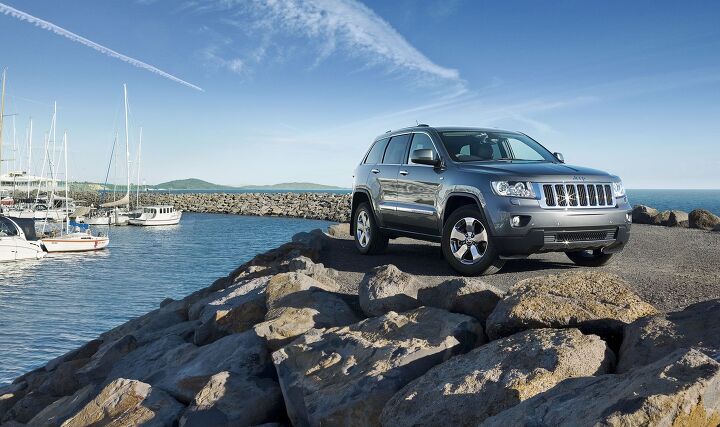















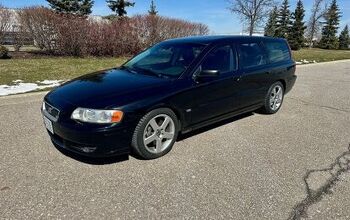
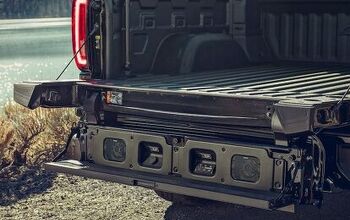
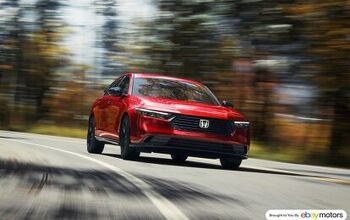
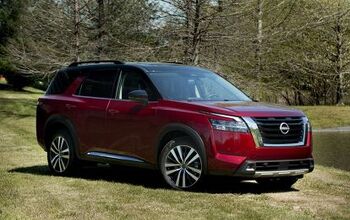

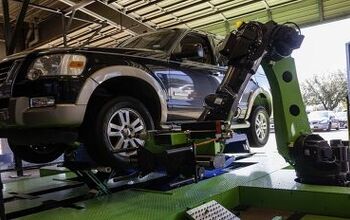

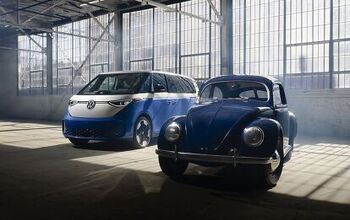

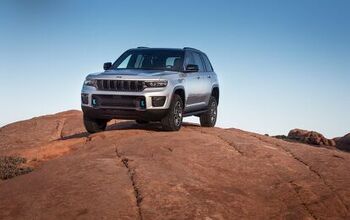
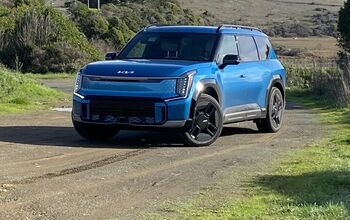


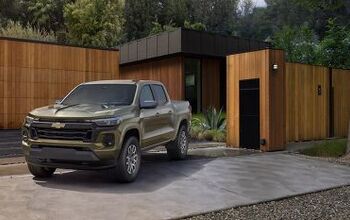
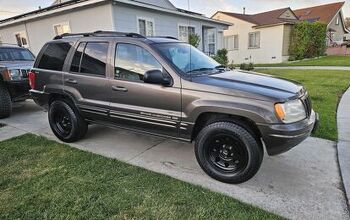
Comments
Join the conversation
It's wonderful that we aspire to drive vehicles that get
I believe you! I passed a Bentley SUV this morning. The Bentley Bentayga. My jaw hit the floor. Even Bentley is in the SUV game now. I thought it was a BMW X5 at first. But it had that Bentley crest and grill.